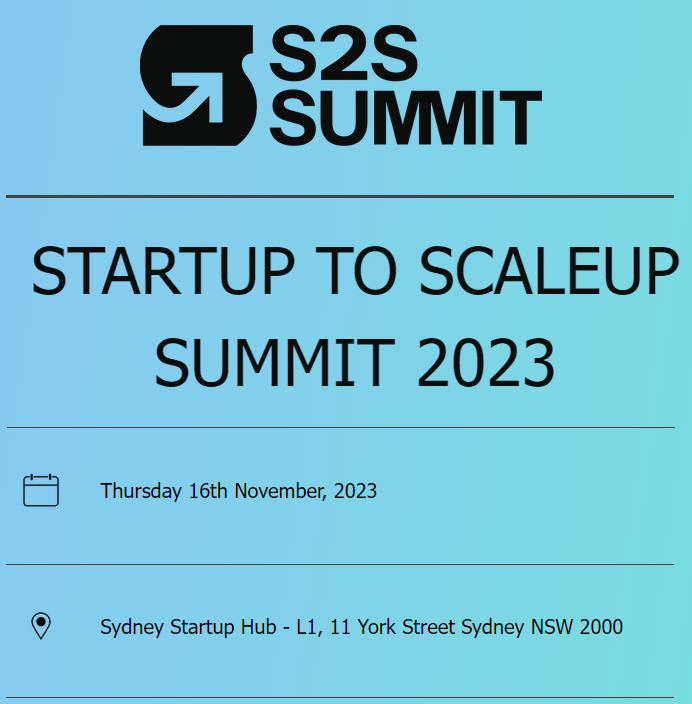If you are a Product Manager, understanding the bugs in you and your colleague’s brains may hinder your roadmap. A common bug is bias.
In an earlier post in this series, we hinted at biases in product decisions – these are manifold and critical to understand because any one may be a game-changer for product-market fit. So in later posts we’ll share some ideas/tools on Prioritization but this post covers the brain mechanics that bias our decisions.
We’ve all heard about “confirmation bias” but here is the wikipedia entry on hundreds of cognitive biases. A popular example from many eastern and western cultures is “full moon makes people crazy” – this may be statement of fact or it might be confirmation bias. In fact biases are part of our daily life and culture itself is an in-group bias based on conditioning and genetic capabilities (dogs hear better than humans).
But check out this diagram below, you can’t hope to know all biases operating on you and your team but you want to have operational discipline to not let them run your roadmap. i

The categories of:
- What should we remember
- Too much information
- Not enough meaning
- Need to act fast
are good ways to break down the large volume of biases. The outer ring gives example of how the brain optimizes and as a result is buggy and subject to exploit or irrational behaviour.
I recently attended a “bias in the workplace” (“Inclusive Leadership”) workshop and its intriguing to note that biases are brain shortcuts – simply put the brain is designed to conserve energy and sugar which are all necessary for primal survival.
How Bias affects roadmap
So the following examples are common, you may recognize you’ve experienced a few yourself.
Cognitive bias:
- The CEO or Founder thinks Feature X is important
- A favorite customer pressures to you directly about a bug or feature
- Features trump bugs
Sunk-Cost bias:
- “One more feature and we will have product-market fit”
- the best ideas are my ideas
- “don’t validate with your mother”, “data sample of one”
- “the team has put their heart and soul into this”
There are lots of different biases and left to our buggy brains and lack of formalized tools we will make roadmap decisions that may sound well justified but often biased.
An Antidote to Bias: RICE
Some Product Managers advocate this method to reduce bias in roadmap planning. The mnemonic stands for:
Reach – number of people/events per time period (e.g customers per quarter)
Impact – (e.g For each customer who sees it, this will have a huge impact. The impact score is 3)
Confidence – (e.g The reach and impact may be lower than estimated, and the effort may be higher. This project gets a 50% confidence score.)
Effort – a number of “person-months” (This will take about a week of planning, 1-2 weeks of design, and 2-4 weeks of engineering time. I’ll give it an effort score of 2 person-months.)
I’ll dig a little deeper in the next post about this in practice. We’ll also look at JTBD again. Even a brief nod to OKRs is a relevent element of a Product Manager’s armory.




